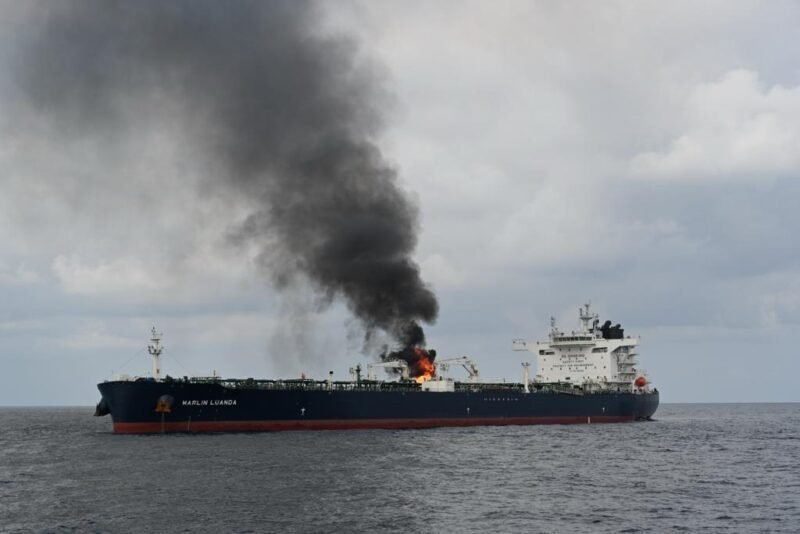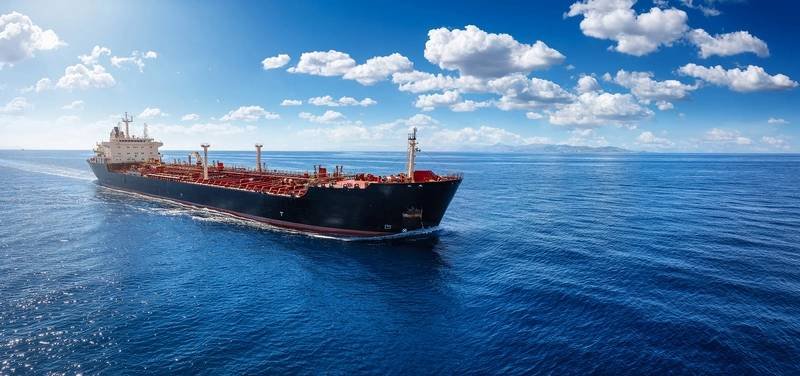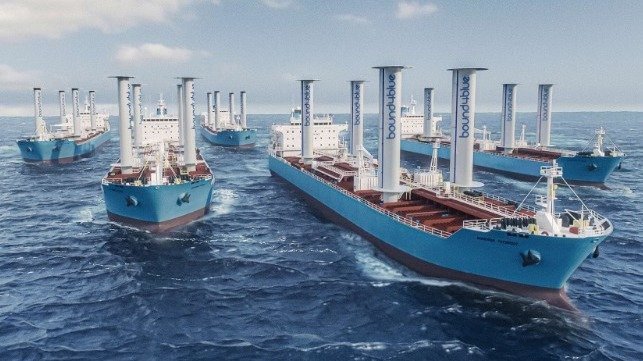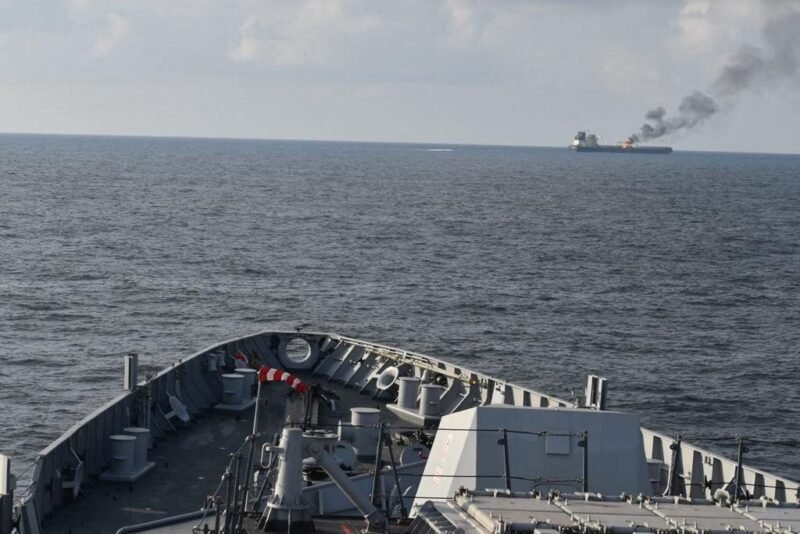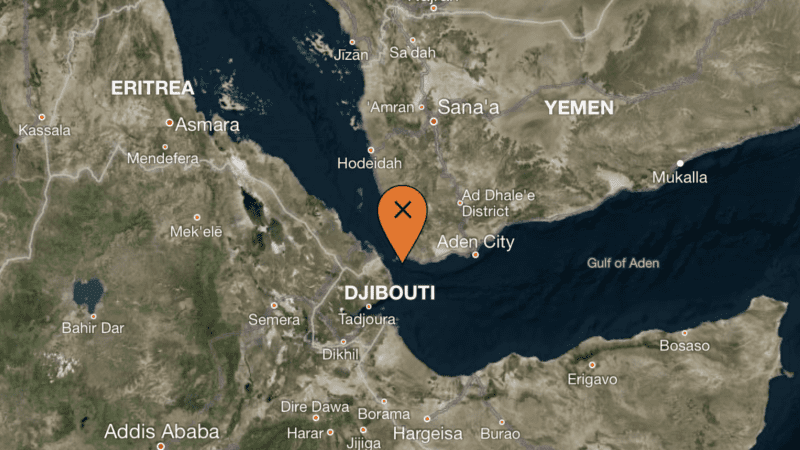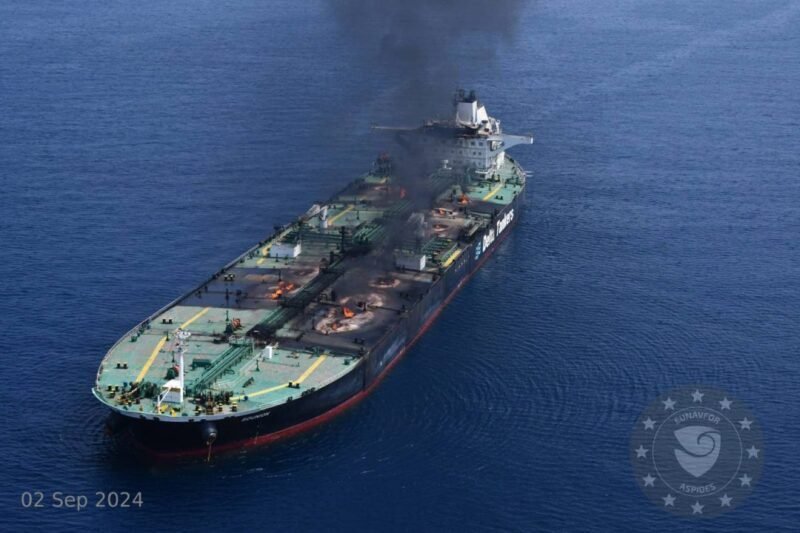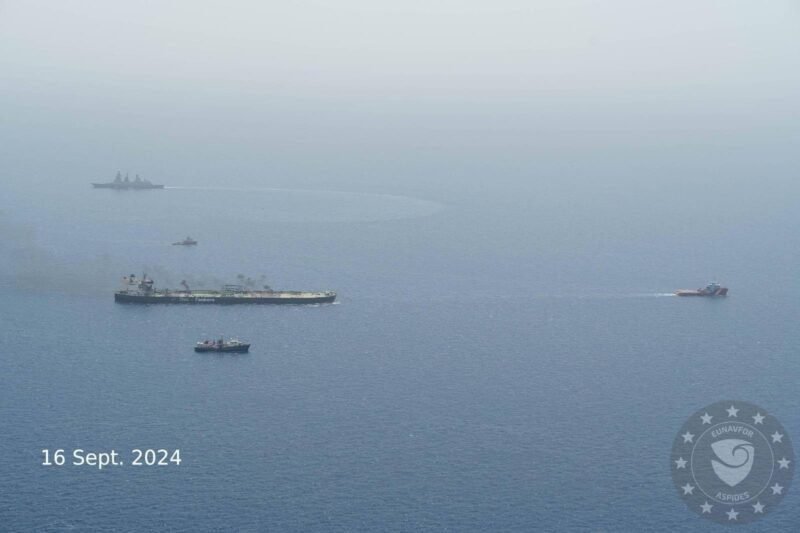The U.S. Energy Information Administration reported a significant increase in crude oil and oil product flows around the Cape of Good Hope in 2024, as merchant ships avoid the Middle East due to drone and missile attacks by Yemen-based Houthis. This has led to a 47% surge in volume, with major Middle Eastern producers like Saudi Arabia and Iraq diverting more oil to Europe via the Cape. Refineries in Asia and the Middle East have also increased oil product exports to Europe through this route.
The United States has adjusted its oil trade dynamics by sourcing more oil from the Middle East and Asia and shipping more oil products to Asia via the Cape. Russia, on the other hand, has quadrupled its shipments to Asia through the Cape. However, rerouting ships has resulted in longer transport times, with journeys from the Arabian Sea to Europe taking around 15 days longer through the Cape compared to the Suez Canal, leading to increased costs and delays.
The decision to avoid the Bab el-Mandeb Strait and the Red Sea off Yemen’s coast has had a significant impact on global maritime trade. Although there have been increases in trade volume and adjustments in oil trade dynamics, the longer transport times and higher costs associated with rerouting ships around the Cape of Good Hope have presented challenges for commercial vessel operators.


